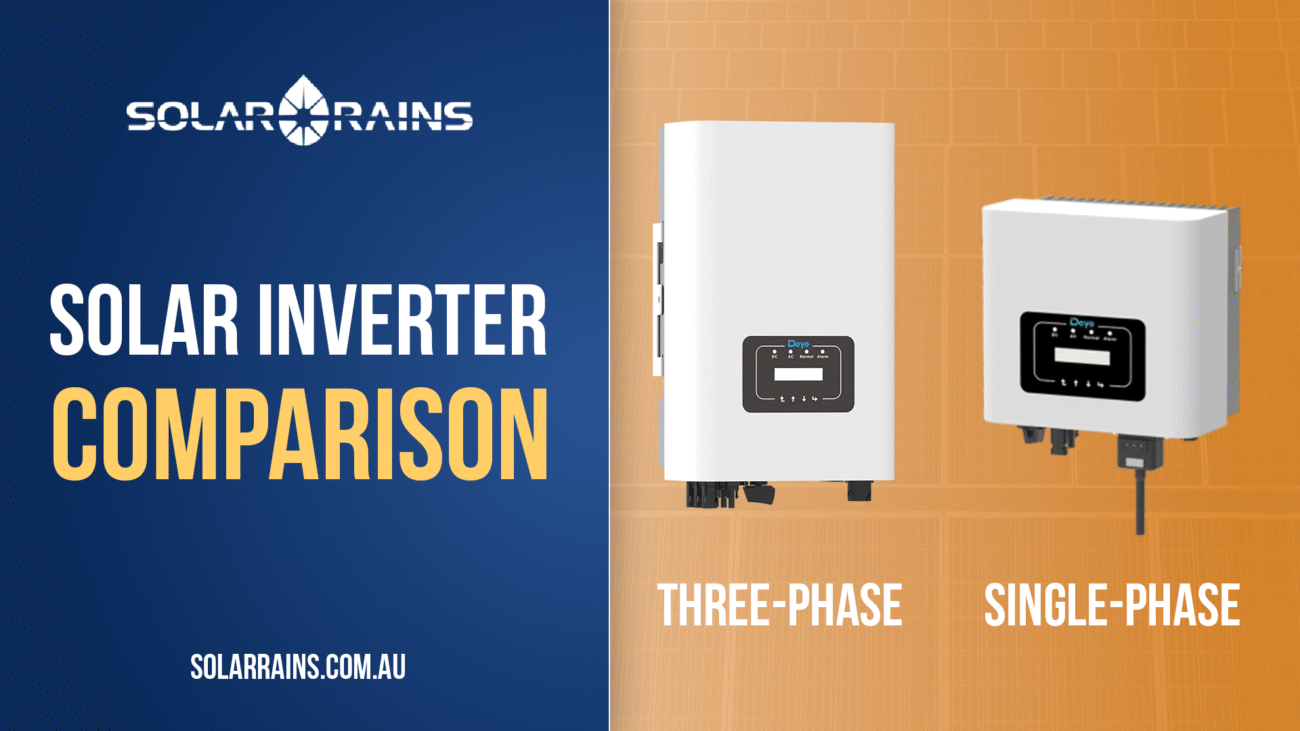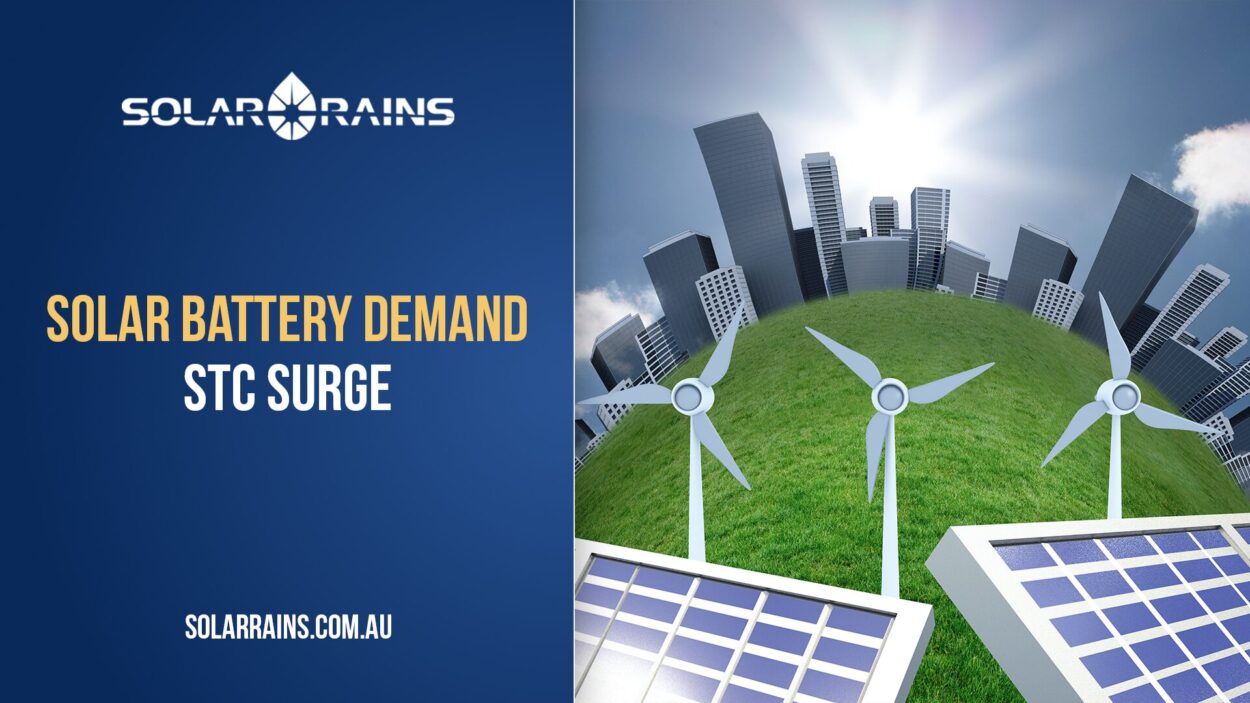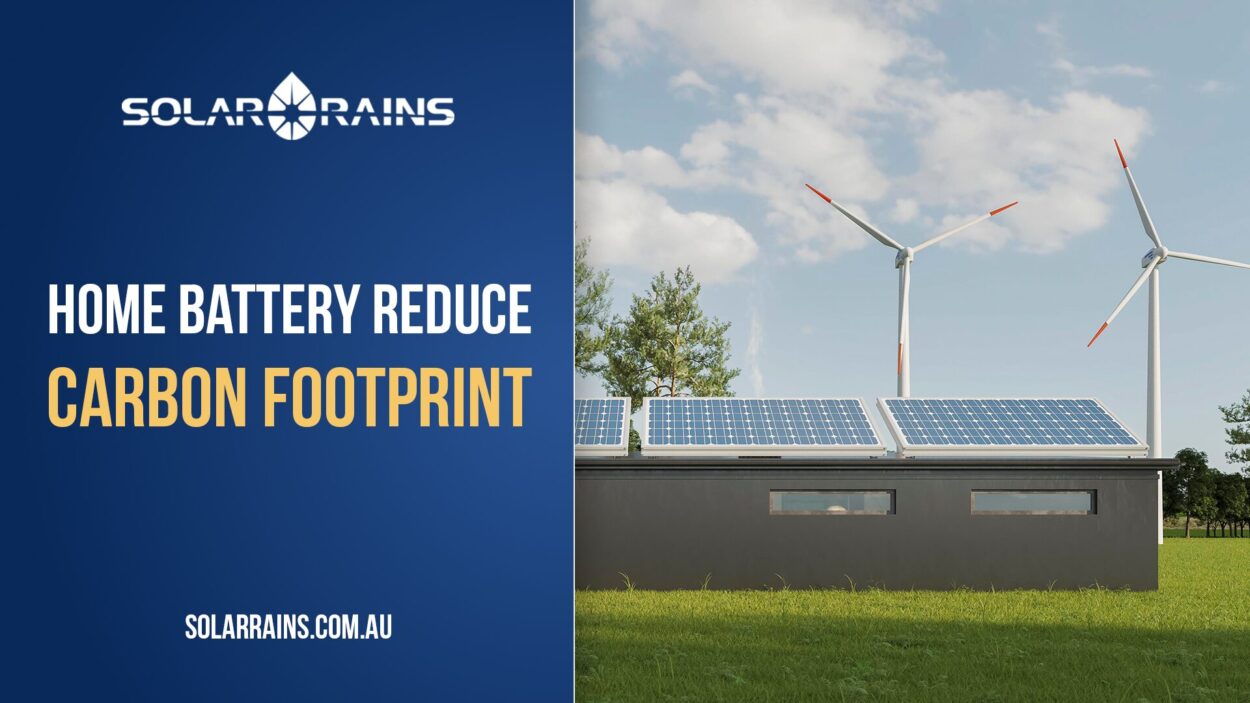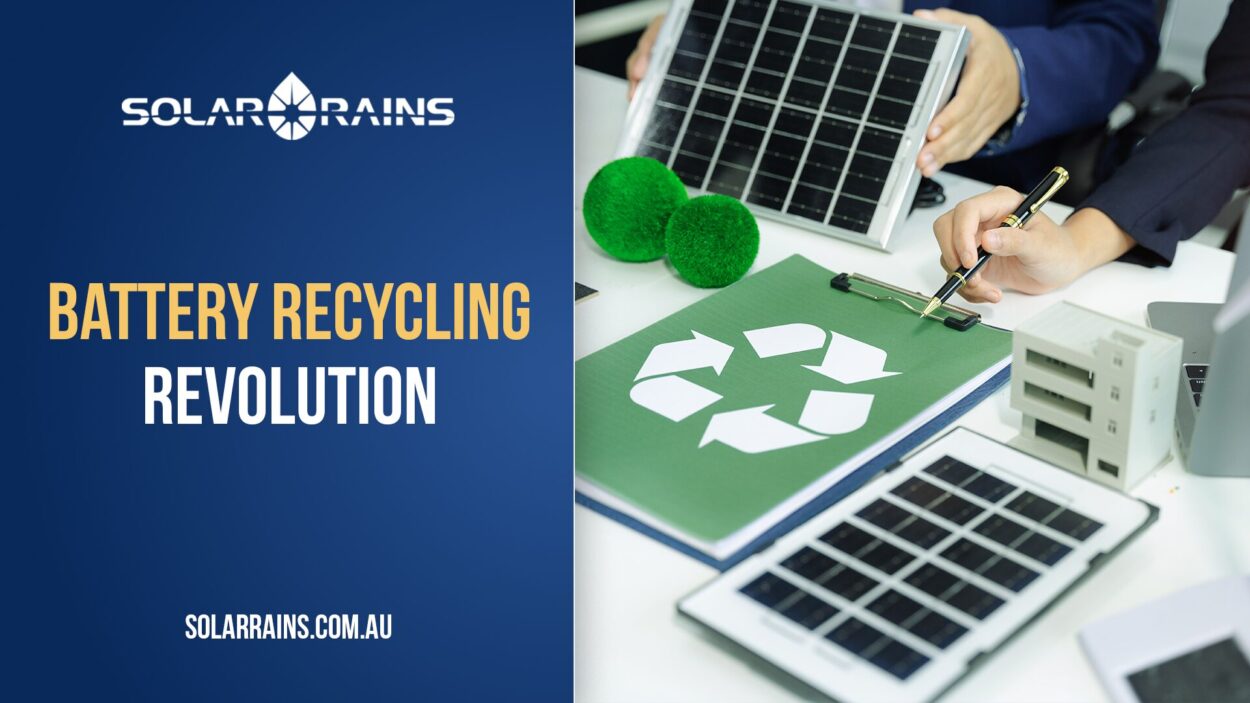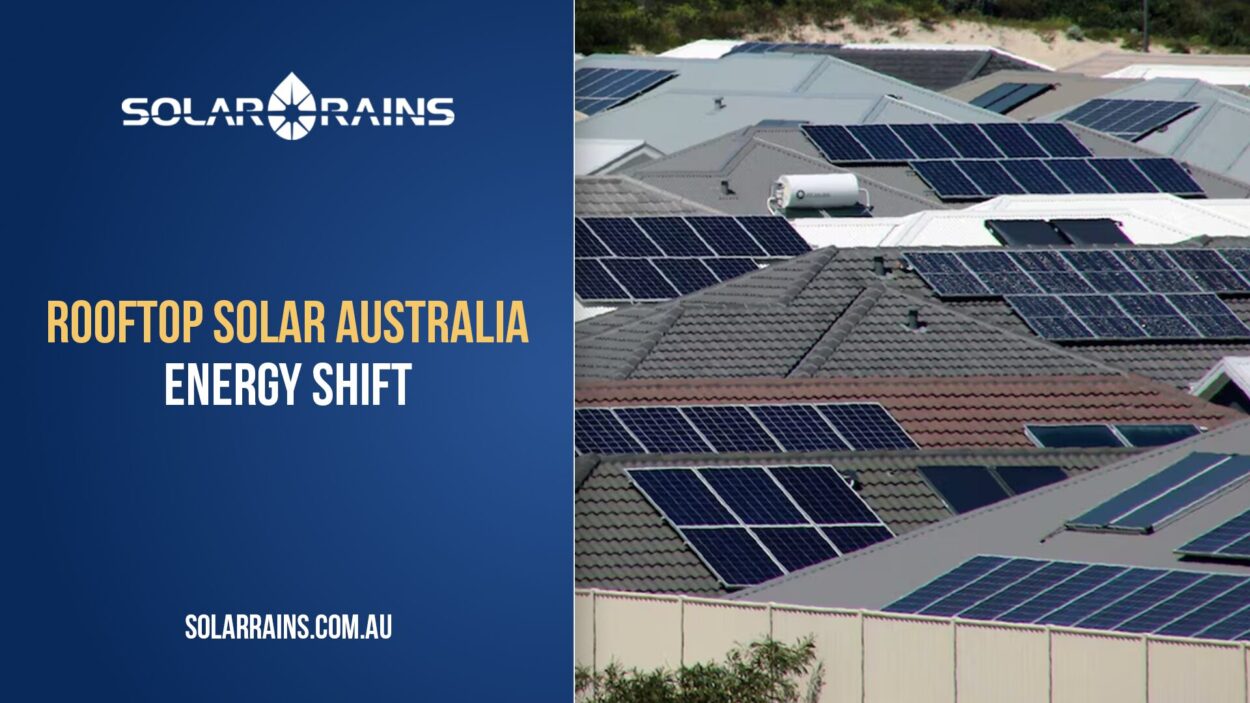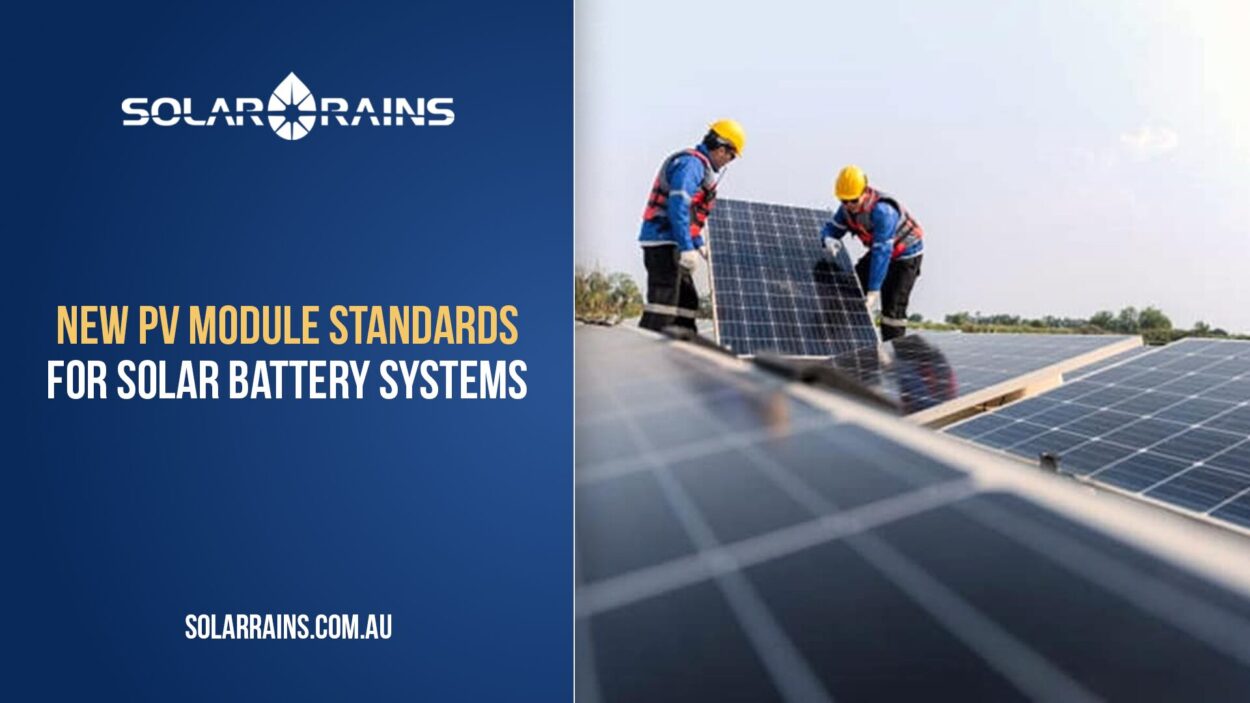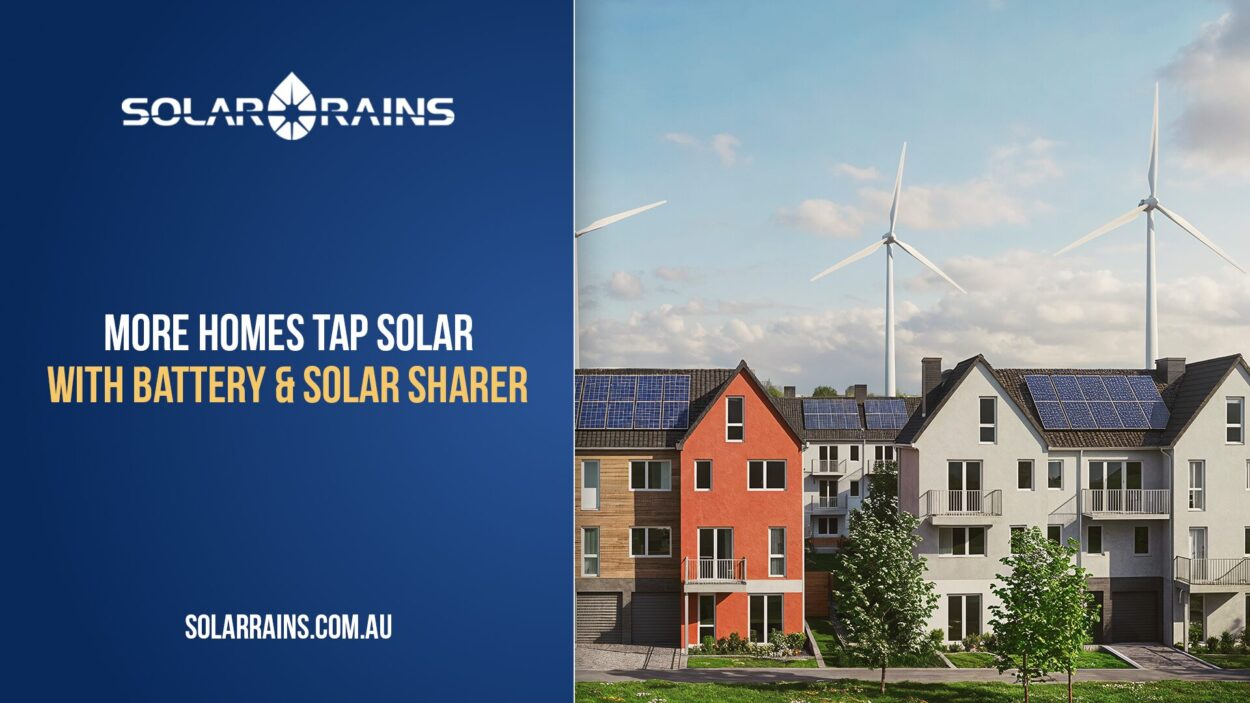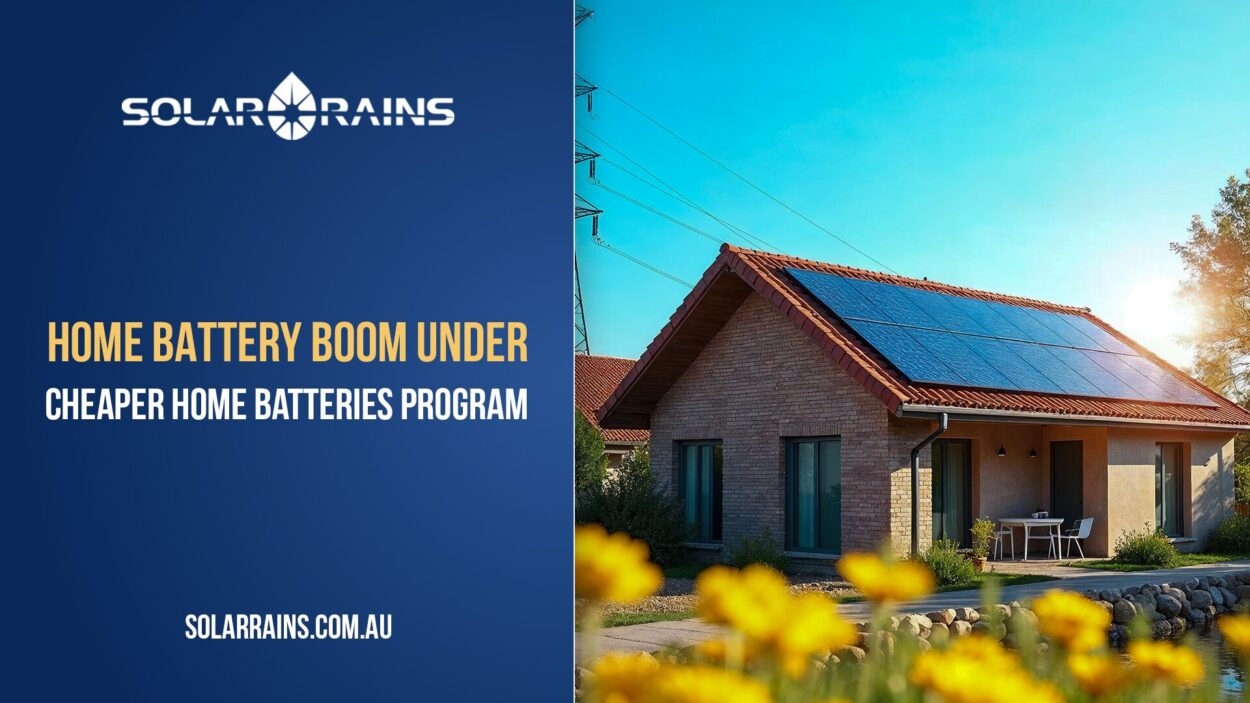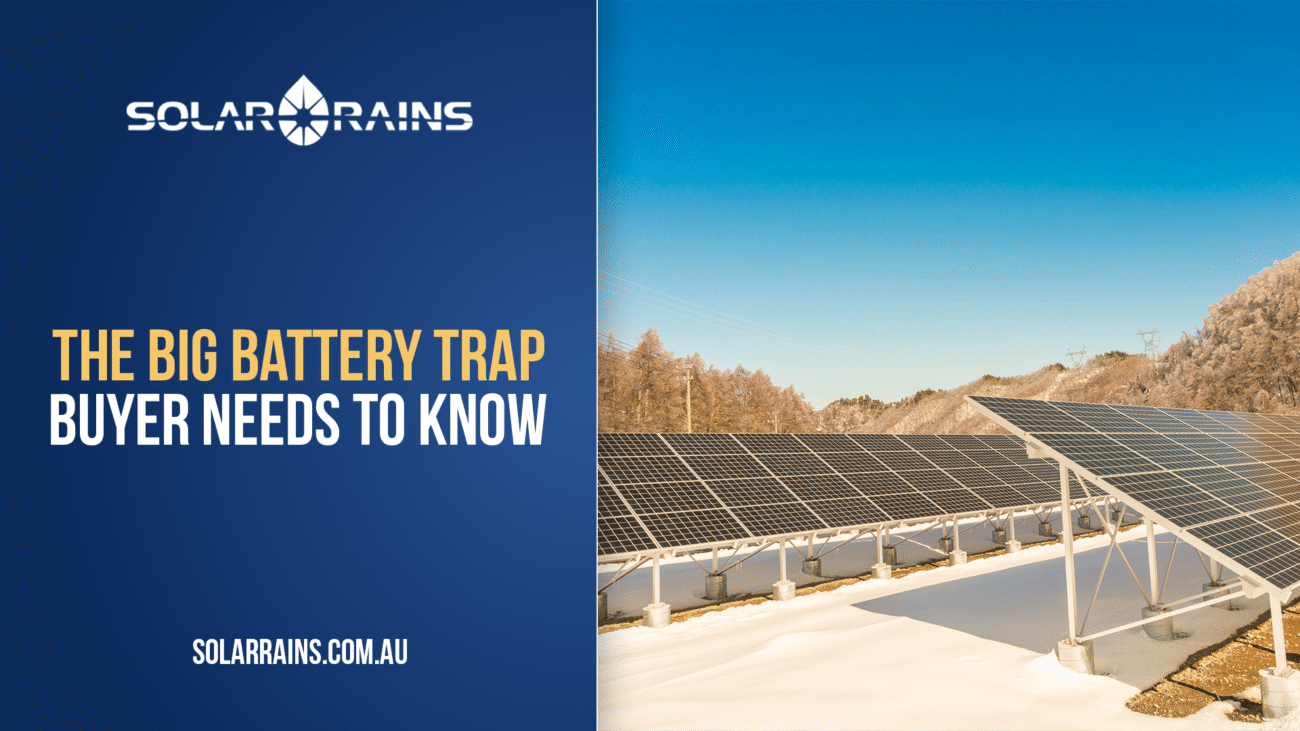When setting up a solar power system for your home or business, one of the most critical decisions is choosing the right type of inverter. The choice between a single phase inverter and a three phase inverter can significantly impact your system’s performance, efficiency, and compatibility with your electrical setup. This guide from Solar Rains explores the key differences between these two types of inverters, their applications, and how to determine which is best for your needs.
What is a Single Phase Inverter?
A single phase inverter is designed to convert the direct current (DC) generated by your solar panels into alternating current (AC) that can be used by your home or fed back into the grid using a single-phase electrical supply (typically 230V in Australia).
This type of inverter is commonly used in most Australian households, particularly in suburban and rural areas. The single-phase configuration is ideal for:
- Small to medium-sized residential homes
- Solar systems up to 10kW
- Basic appliances and general household loads
Advantages of Single Phase Inverters
- Lower cost and easier installation
- Compatible with existing single phase connections
- Adequate for most homes with moderate energy consumption
🔗 Example product: Deye Single Phase String Inverter – 7.5kW or 9kW
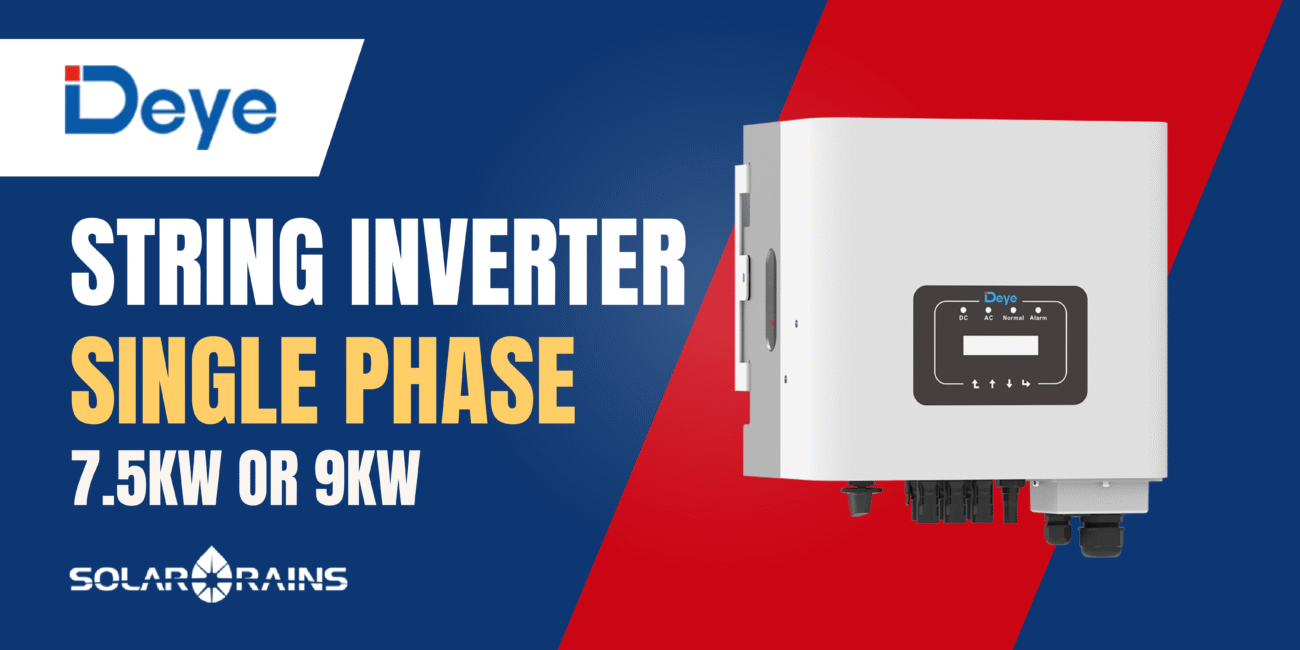
What is a Three Phase Inverter?
A three phase inverter is designed to work with a three phase power supply (400V), which is standard for commercial properties, industrial facilities, and large residential homes. It distributes power evenly across three wires, helping reduce load imbalance and voltage drops.
This type of inverter is commonly found in:
- Large homes with heavy appliance use
- Businesses, farms, and commercial sites
- Solar systems over 10kW capacity
Advantages of Three-phase Inverters
- Higher efficiency and better load management
- Supports larger system sizes
- Reduces risk of system imbalance
🔗 Example product: Deye Three Phase String Inverter – 7.5kW to 18kW
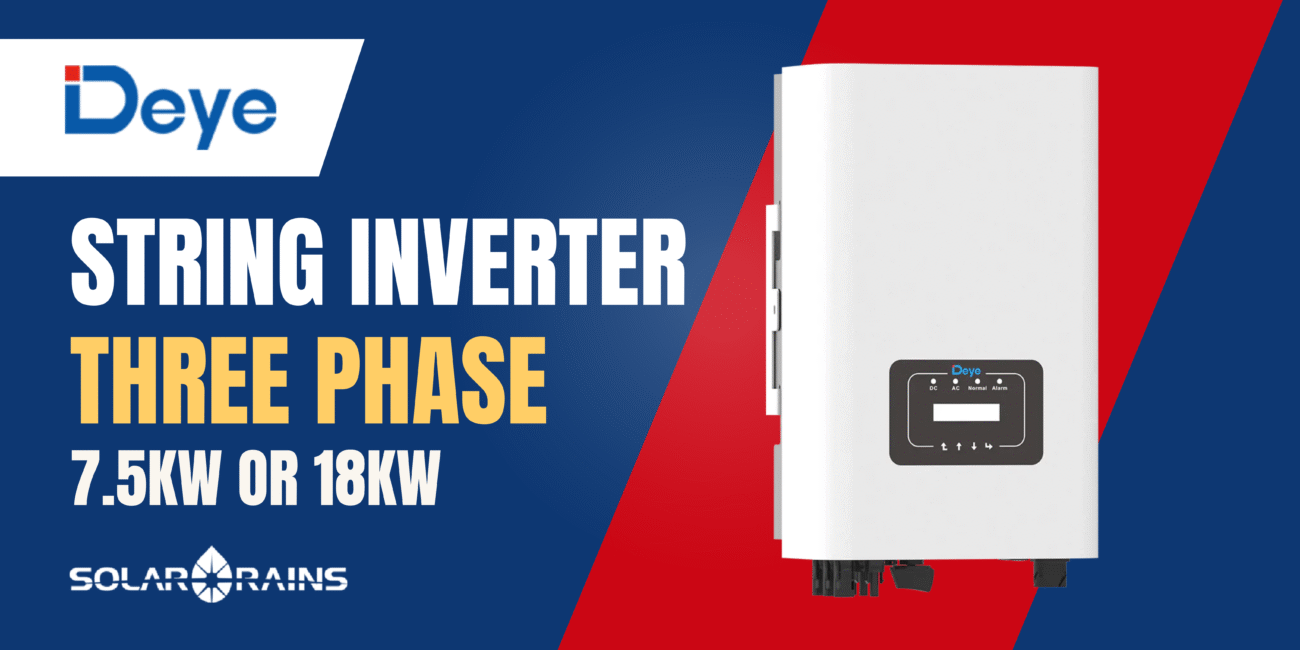
Key Differences: Single vs Three Phase Inverters
| Feature | Single-phase Inverter | Three-phase Inverter |
| Voltage | 230V | 400V |
| Power Distribution | One line – uneven load distribution | Three lines – balanced load across all phases |
| Use Case | Homes, small loads | Large homes, commercial, industrial setups |
| System Size | Ideal for ≤10kW systems | Ideal for ≥10kW systems |
| Energy Efficiency | Moderate – possible energy loss in high loads | High – optimized load management and lower losses |
| Installation Cost | Lower | Higher initial cost, but better ROI for large setups |
| Upgrade Flexibility | Limited, unless grid upgrade is made | High – future-ready and scalable |
How to Know Which One You Need
Before choosing, consider the following:
Your Grid Connection
If your property already has a single-phase connection, it’s usually easier and cheaper to install a single phase inverter. However, if you’re building a new home or upgrading your electricity service, installing a three-phase system may be worthwhile for future-proofing.
Your Solar System Size
- Up to 10kW: Single-phase is generally sufficient.
- Above 10kW: Consider three-phase for balanced performance.
Appliance Load
If you use power-hungry devices like pool pumps, ducted air-conditioning, EV chargers, or machinery, a three phase inverter can distribute the load better.
Expansion Potential
If you plan to add a solar battery, EV, or more panels in the future, installing a three phase inverter now might save money and hassle later.
Use Cases & Real-world Applications
Single Phase Inverter – Residential
- Scenario: Suburban home with 5kW solar system, no large appliances.
- Solution: A 7.5kW Deye single phase inverter offers reliable power with minimal complexity.
Three Phase Inverter – Commercial
- Scenario: Small business with peak daytime usage (lights, refrigeration, HVAC).
- Solution: 12kW three phase inverter handles fluctuating loads efficiently.
Hybrid Use – Residential EV Owners
- Scenario: Homeowner with solar + EV charger.
- Solution: Upgrade to a three phase inverter to balance load from battery, charger, and home consumption.
FAQs
No. You’ll need a three-phase electrical supply to install a three phase inverter. This typically requires approval and work by your utility provider.
Technically yes, but it may stress your grid connection or cause voltage rise issues. In such cases, it’s better to split the load with a three phase inverter.
For large systems, yes. By reducing energy losses and managing load more evenly, a three phase inverter maximises the use of solar energy and lowers grid draw.
Yes, but it can be expensive and may require a full rewiring and utility company approval. Plan ahead if you expect to increase your energy needs.
Reputable brands include Deye, Growatt, Fronius, and Huawei. Solar Rains supplies top-tier Deye inverters for both single and three-phase applications.
Conclusion: Choose Smart, Plan Ahead
Choosing between a single phase inverter and three phase inverter isn’t just about matching voltage – it’s about planning for energy needs, future expansion, and maximising ROI. While a single phase inverter may serve current needs, a three phase inverter setup ensures stability and performance for years to come.
Need help selecting the right inverter? Contact Solar Rains for expert guidance, access to certified installers, and premium inverter options for residential and commercial projects.

